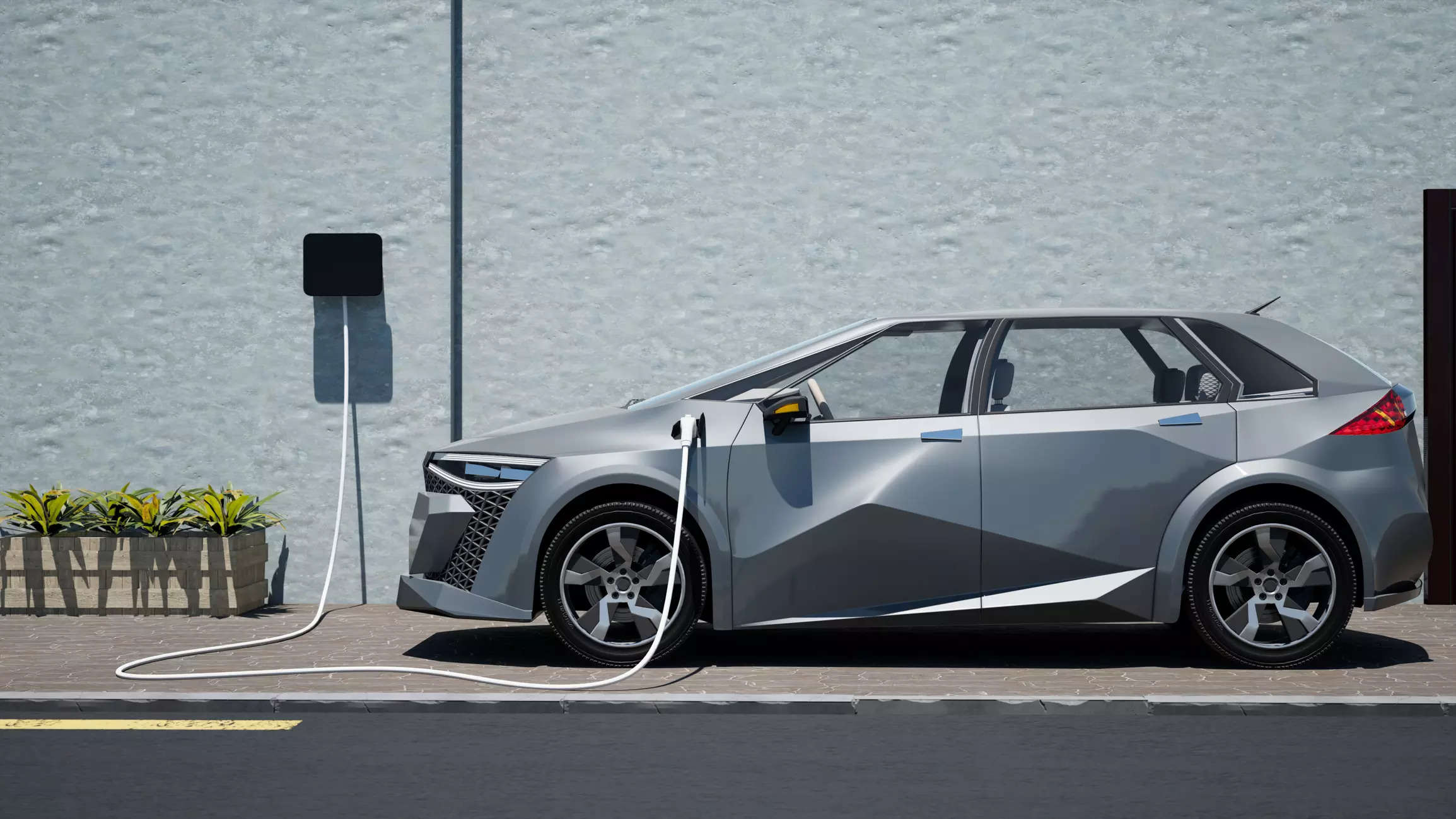
Sales of electric vehicles (EVs), once limited to larger cities such as Delhi, Mumbai and Bengaluru, are seeing traction in non-metro markets, with the availability of more models in the mass segment, the spread of charging infrastructure and lower running costs accelerating adoption. Mercedes, BMW, Audi and Volvo are witnessing a similar acceptance beyond the big cities.
Tata Motors, which accounts for more than 80% of sales in the electric four-wheeler segment, had about a fourth of its Tiago EVs going to first-time buyers in states such as Bihar, Madhya Pradesh, Uttar Pradesh and Andhra Pradesh.
At Ather Energy, non-metro centres contribute 53% to overall sales of its electric scooters.
In the luxury segment, Mercedes Benz says customer awareness and interest levels in tier II-III markets are at a par with large metros.
“For customers in these smaller markets, it is convenient to have charging at home as they own independent houses. We have seen cities like Cuttack, Karnal, Kozhikode and other markets warming up to luxury EVs,” said Santosh Iyer, managing director, Mercedes Benz India.
At about 500 units, sales of luxury EVs in the first three months of the year have already surpassed volumes recorded in all of 2022.
Overall, electric cars sales are expected to more than double to cross the 100,000-mark for the first time in 2023, spurring manufacturers from Maruti Suzuki to Hyundai Motor India and Tata Motors to line up more than a dozen models for launch in the next two to three years.
The acceptance of EV technology in the Indian market has grown manifold, with “good demand” coming from tier II-III towns, said Vivek Srivatsa, head of sales, marketing and service strategy, Tata Passenger Electric Mobility.
Better developed ecosystem
“Customers are now realising that the barriers to adoption – in terms of range, charging and cost of ownership – no longer exist,” said Srivatsa of Tata Passenger Electric Mobility. “They are fully aware of the benefits of electric vehicles and are ready to make that shift. For them now, it is a matter of when they will buy an EV, and not if they will buy an EV ever.”
Driving an electric vehicle for 1,000 km per month can result in a monthly saving of ₹7,000, he said. The cost of running an EV is ₹1 per km, as opposed to around ₹8 per km for an internal combustion engine (ICE) vehicle.
When offered similar ICE and EV options, customers are increasingly opting for the latter, said Iyer of Mercedes Benz India.
“The EQB, for instance, has got more traction than the GLB, underlining the rising popularity and feasibility of EVs,” said Iyer. “We have sold in the high three digits, and, on an average, our EVs” have a waitlist of two to three months. Mercedes expects electric vehicles to account for a fourth of total sales in the next four years.
BMW Group India sold 347 electric cars in 2022, he said, adding, “Customer enquiries were more than three times this number, but due to supply constraints, we were not able to sell more.”
“The feedback and demand have been phenomenal. The BMW iX, MINI SE and BMW i4 were sold out on launch. We are seeing a similar response for the BMW i7 that was launched just a few weeks back,” said Pawah. “The average waiting period is currently up to six months, depending on the model. We expect that with growing demand and better supply, EV contribution will increase to 10% of overall sales.”
Audi expects 15-20% of its sales to come from EVs in the next five years. “Starting 2033, we will only launch electric cars, globally,” said Balbir Singh Dhillon, head, Audi India. “This strategy is aligned with the Indian market as well.”

















